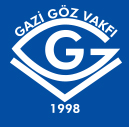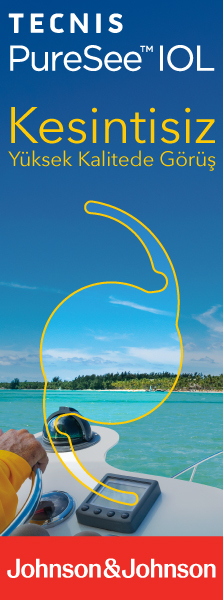Retina-Vitreous
2010 , Vol 18 , Num 2
Central Serous Chorıoretınopathy
1Gazi Üniversitesi Tıp Fakültesi, Göz Hastalıkları A.D., Ankara, Araş. Gör. Dr.2Gazi Üniversitesi Tıp Fakültesi, Göz Hastalıkları A.D., Ankara, Prof. Dr. Central serous chorioretinopathy (CSC) is an idiopathic disorder characterized by the development of a wellcircumscribed, serous detachment of the neurosensorial retina with or without one or more focal lesions of the retina pigment epithelium. Review of the literature of CSC shows that the pathogenesis of this condition is still controversial and not yet fully understood. Psychosocial stres and hypercortisolism could be the precipitating factors. CSC occurs preferentially in healthy men between 25 and 55 years of age. Major symptoms are blurred vision usually in one eye and perceived typically by the patient as a dark spot in the centre of the visual field associated with micropsia and metamorphopsia. For the diagnosis and follow-up opthalmoscopic evaluation, optical coherence tomography, fundus florescein angiography, indocyanine green angiography and autoflorescense fundus photographs could be used. Serous detachment often resolves spontaneously. From the first contact, counselling about the potential relation to stres and glucocorticoid medication is warranted. After 3-4 months without resolution of acute CSC or in chronic CSC, treatment should be considered. Treatment modalities also changed with time; focal photocoagulation is frequently used in the past but recently especially in chronic cases photodynamic therapy have been used. The visual prognosis is usually good except in chronic, recurrent cases and in cases of bullous CSC. Keywords : centrol serous chorioretinopathy, pigment epithelial detachment, photodynamic therapy





